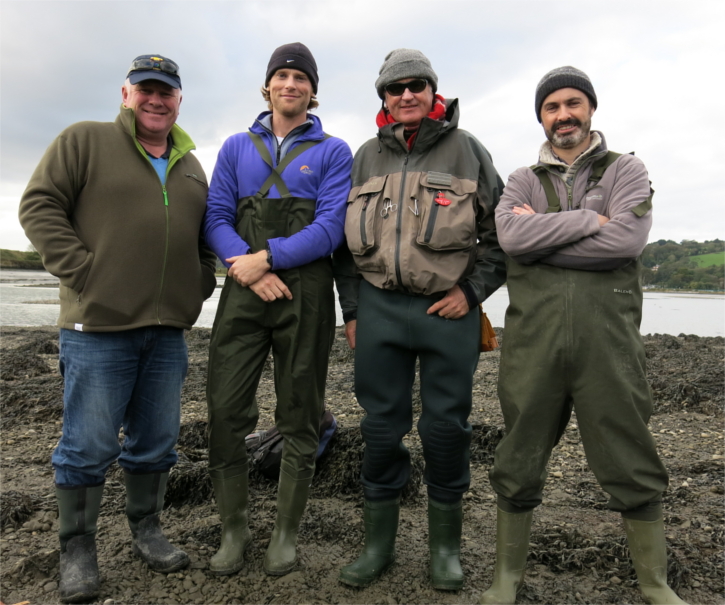- Home
- About the College
- Governance
- College Committees & Steering Groups
- College Assembly
- College Council
- College Executive Management Committee
- College Academic Programmes and Curriculum Development Committee
- College Graduate Studies Committee
- College Research & Innovation Committee
- College Teaching Learning and Student Experience Committee
- College Student Recruitment and Outreach Committee
- College Sabbatical Research Leave Committee
- College of SEFS Adjunct Appointments Committee
- International Education Committee
- College Postgraduate Student Committee
- Athena SWAN Steering Group
- College Committees & Steering Groups
- Human Resources
- Annual UCC STEM Awards
- Scholarships and Prizes
- Women in STEM Panel Talks
- Inaugural Professorial Lectures
- Athena SWAN in SEFS
- Proposal Calls
- Contact Us
- Science in Society Public Lecture Series
- Governance
- News
- Staff
- Schools and Departments
- Current Students
- Undergraduate Courses
- Postgraduate Courses
- International Students
- Research and Innovation
- Employability and Careers
- Outreach and Public Engagement
- Science Week
- Transition Year Programmes
News 2017
European sea bass: the fish that is a home bird

Study of species in Cork harbour finds species is both ‘charismatic’ and ‘parochial’
European sea bass may look like fish and swim like fish, but they are also home birds. A new study to track the movement of the species has found that they are extraordinarily faithful to their home coastal patch. The fish are also “as charismatic as salmon”, according to lead scientist Dr Tom Doyle of NUI Galway (NUIG), but far less adventurous.
A group of fish tagged in Cork harbour for the study, published in Scientific Reports, found that they were so parochial that even the east and west siders wouldn’t mix.
Co-authors were Damien Haberlin and Dr Mark Jessopp from UCC’s MaREI Centre for Marine and Renewable Energy, and Jim Clohessy from Cork Angling Hub. The study was funded by the ESB and Science Foundation Ireland. Mr Clohessy said it represented a “phenomenal” marriage between science and angling.
